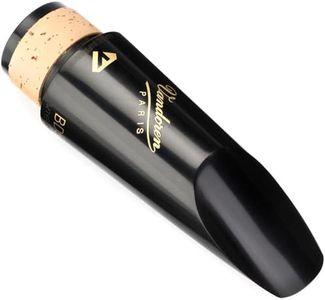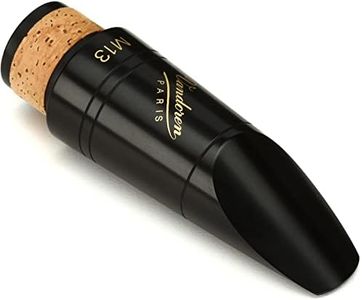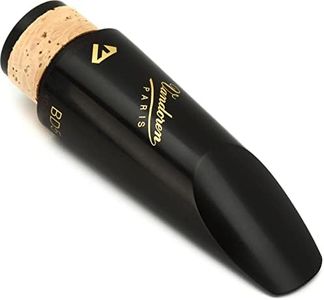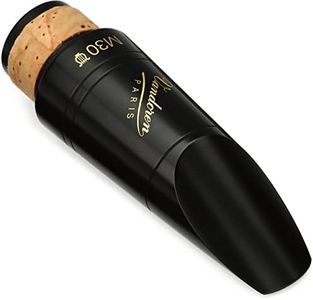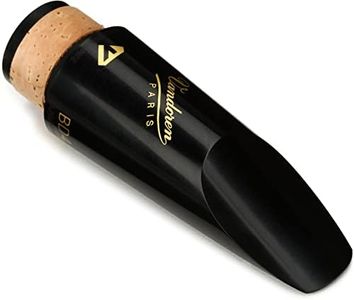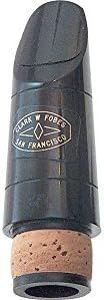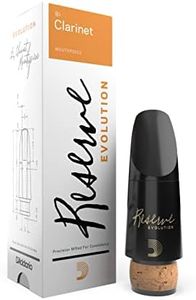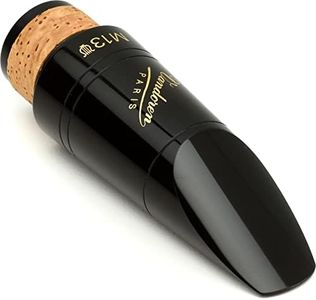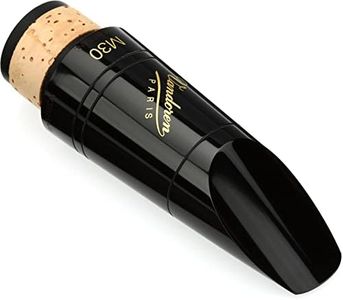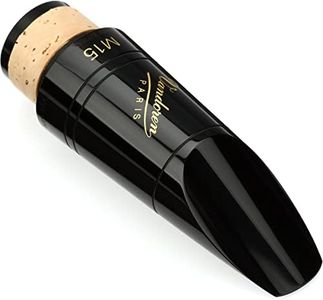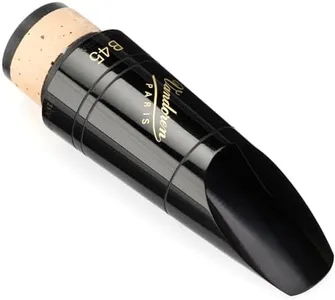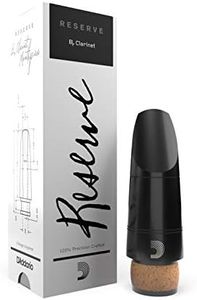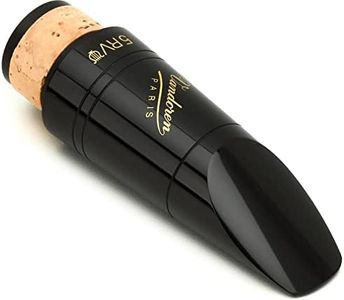10 Best Clarinet Mouthpieces 2025 in the United States
Our technology thoroughly searches through the online shopping world, reviewing hundreds of sites. We then process and analyze this information, updating in real-time to bring you the latest top-rated products. This way, you always get the best and most current options available.

Our Top Picks
Vandoren CM1405 BD5 Series 13 Black Diamond Ebonite Bb Clarinet Mouthpiece
The Vandoren Clarinet Mouthpiece (CM1405) is a solid choice for clarinet players, especially those looking for clarity and a rich sound. Made from rubber, it offers a comfortable playing experience and is known for its flawless intonation, making it a reliable option for both beginners and experienced musicians. The unique chamber design contributes to its depth and presence, allowing for expressive play. This mouthpiece is particularly well-regarded within the Vandoren brand, which is known for its quality and craftsmanship.
Some players may find that the tip opening and facing length are not as versatile as other options on the market, which could limit its appeal for those seeking a more customized feel. It may not suit every player's style or preference, particularly those who favor a different tonal quality or response.
If you're looking for a mouthpiece that delivers a bright, clear sound and is well-constructed, the Vandoren CM1405 is worth considering, especially if you value good intonation and presence in your playing.
